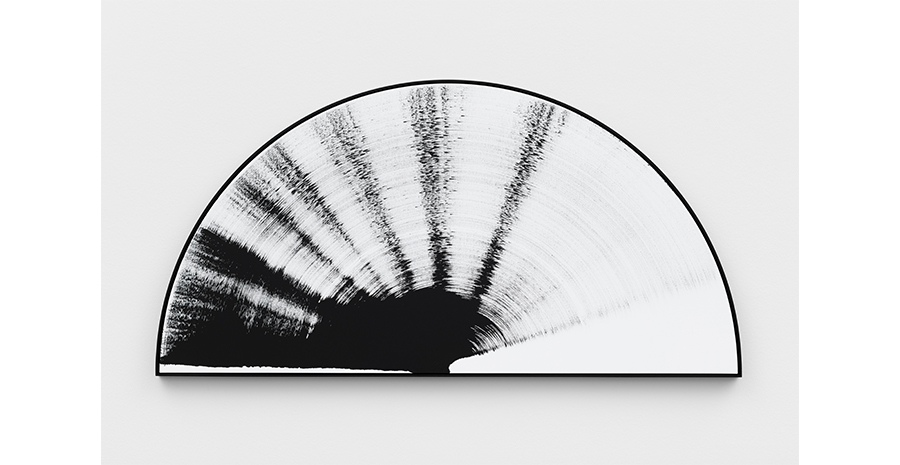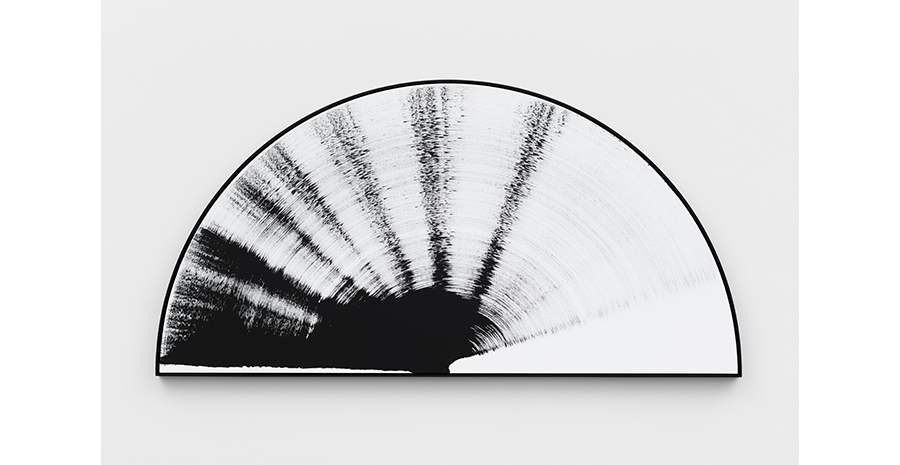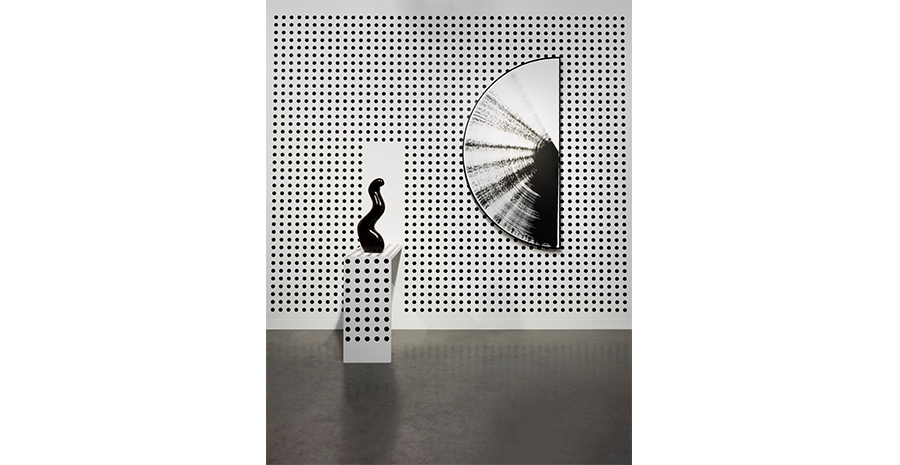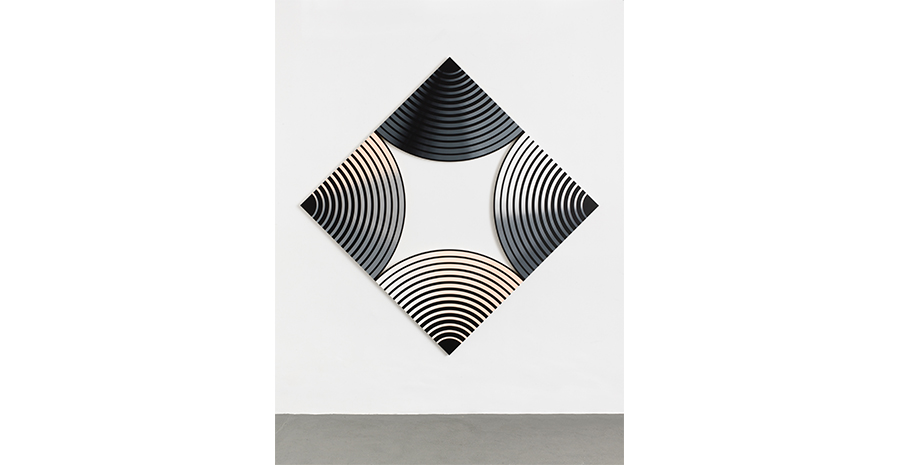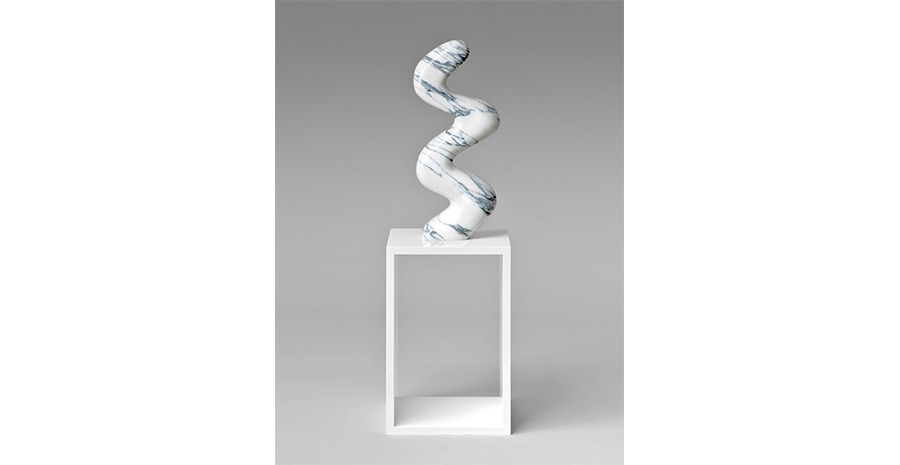TBA21 Thyssen-Bornemisza Art Contemporary
About


Exhibitions


TBA21–Academy


Collection


Program


Publications


Archive


TBA21 Sites - physical and digital
MNTB Madrid


Ocean Space Venice


C3A Córdoba


AHF Jamaica


Ocean-Archive.org


TBA21 on st_age













